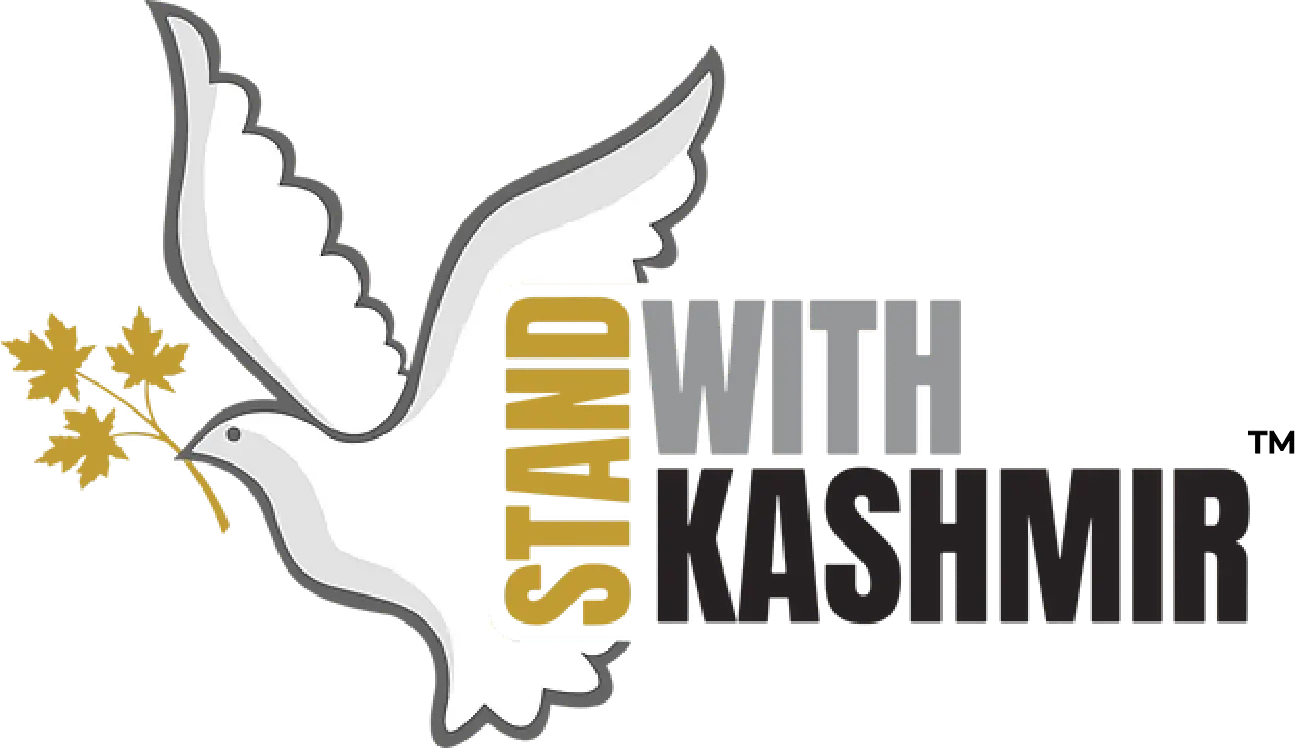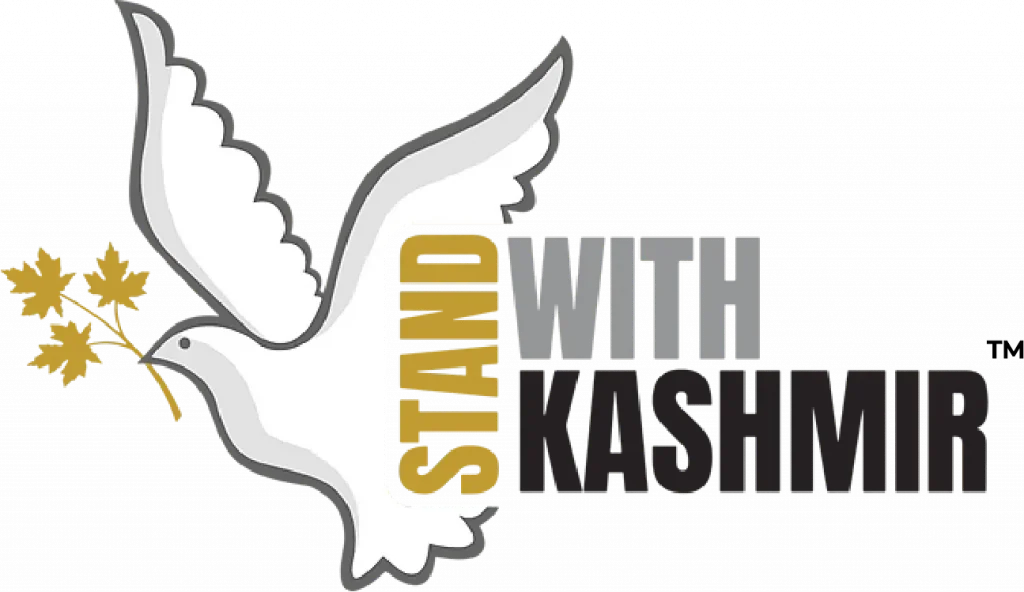Under the “J&K Reorganization Order,” non-Kashmiris will be allowed to become permanent residents of the state. This order specifies the categories of Indians that can now obtain domicile in Jammu and Kashmir. Experts warn this is a major move for India to turn Kashmir into a settler colony.
April
April 1, 2020
J&K Reorganization Order
April 3, 2000
Brakpora Massacre
After the Chattisinghpora fake encounter, on 25 March 2000, the Indian Army killed five men in Panchalthan-Pathribal village in Islamabad district, claiming that the victims were the ‘foreign militants’ responsible for the attacks.
Nine days after the Panchalthan shootout and two weeks after the massacre — hundreds of civilians, chanting, ‘We want justice’, marched toward the city of Islamabad, the district capital. They passed uneventfully through several Indian military checkpoints, but when they reached a small traffic circle in the town of Brakpora, they were fired upon. The spray of bullets came from behind a bunker made from bags of cement and manned by federal and state police officers. Eight protesters — seven of them farmers and shepherds from the village of Brari Angan — were killed. Some were shot in the back as they fled. Police officials claimed their men were only returning fire, but a judicial inquiry found otherwise.
April 8, 1978
JK Public Safety Act Passed
The PSA is a preventive detention law whereby a person can be detained on mere suspicion or without evidence. In 2021, it was called the ‘lawless law’ by Amnesty International. It circumvents the ordinary judiciary trial. It provides for detention of three months extendable to one year in the case of persons “acting in any manner prejudicial to the maintenance of public order”, and detention of six months extendable to two years in the case of persons “acting any manner prejudicial to the security of the state.” The PSA has been systematically used by India to punitively detain people in the interests of maintaining public order, “national sovereignty”, and “national security” based on police inputs in secretive dossiers which are rarely disclosed to detainees and subject to minimum judicial review.
The PSA has been used to detain individuals who express their political dissent by participating in peaceful demonstrations, as well as street protestors who pelt stones at armed forces, and even political activists, lawyers, journalists, and ordinary civilians and children.
April 9, 2017
Kashmiri Used As Human Shield By Indian Army
On 9 April, Farooq Ahmed Dar was trussed to the spare tyre at the front of a jeep and driven on a five-hour journey through several villages at the head of an Indian army convoy. He had just voted in a by-election for the national parliament when he was picked up by an army patrol. He was allegedly beaten before he was lashed to the vehicle with a sign saying “This is the fate that will befall stone throwers” pinned to his chest. The Indian Major responsible for this was later awarded a commendation medal.
This might have been one of the few cases of Indian armed forces using a Kashmiri as ‘human shield’, but this wasn’t the first case. Kashmiris are routinely used as human shields during search operations or military operations.
April 10, 1993
Lal Chowk Arson
In retaliation to burning an abandon Indian army building, the army set fire to Lal Chowk – the commercial center of Srinagar, destroying 59 houses and 190 shops. More than 125 people died, some as a result of being burnt alive. 16 people were machine-gunned to death as they floated down the Jhelum River, and others were hauled from their homes and shot in the streets by armed forces.
April 13, 1992
The First Arson of Sopore
Personnel of Indian Border ‘Security’ Force (BSF) killed three men, gang-raped a young woman and burned down 9 residential houses and 11 shops in Nahrapora, Sopore.
April 21, 1948
UN Security Council Resolution 47 Passed
This UN resolution stipulated that both India and Pakistan should withdraw their military forces and arrange for a plebiscite to be held in order to provide the people of Kashmir the choice of which state to join.
April 29, 1865
Shawl Baaf Tehreek
The Shawl Baaf Tehreek, also known as Shawl Weavers’ Uprising, is known as the world’s first trade union movement. It happened long before the Chicago incident or even before the Russian or Chinese communist revolutions, which were touted as the result of worker’s resistance to exploitation.
It was precisely April 29, 1865, when Kashmir’s weavers, locally known as Shawl Baufs, had hit the streets of Srinagar in protest against the high taxes that were levied upon them by the Dogra despots. To note, Dogras had “purchased” Kashmir and its people from Britishers through a notorious deal, “Treaty of Amritsar” in lieu of 75 lakhs (7.5 million) of nanak shahi siccas (rupees).
Raj Kak Dhar – a wealthy Kashmiri Pandit who had recently contracted the notorious Dogra taxation department – told the Dogra administration that the protestors wanted to kill him. The Dogra army was dispatched under the command of Colonel Bije Singh. The Dogra army opened fire on the protestors. Finding no escape route, in the stampede, 28 unarmed weavers were thrown in the river and scores were injured in bullet shots.
April 30, 2010
Machil Fake Encounter
The trio (Riyaz Ahmad Lone, Shahzad Ahmed Khan and Mohammad Shafi) were promised jobs as porters with high wages by an army source. Instead, they ended up being sold for Rs 50,000 (approx. 650$) each to the army and taken them to a village in Machil near the Line of Control (LoC). On reaching near the LoC, the trio were killed by Indian soldiers of 4 Rajputana Rifles in a fake encounter, dubbing them as ‘Pakistani militants’. The next day, the army claimed it had foiled an infiltration bid on the LoC near Kupwara by ‘killing three militants’. It also claimed it had recovered ammunition and Pakistani currency from their possession.
In the meantime, back in their hometown, the sudden disappearance of the youth led the families to file missing reports with the police after days of unsuccessful search. Further investigation by the local police investigation led to the unraveling of the army’s fake encounter story and discovery of the bodies. According to police reports, they were killed sometime on April 30, 2010, and buried as foreign militants.
Please contact us regarding any event detail
or edit that you may have for the dates on this page
©2025 StandWithKashmir All rights reserved. SWK is a 501(c)(3) non-for-profit organization.

